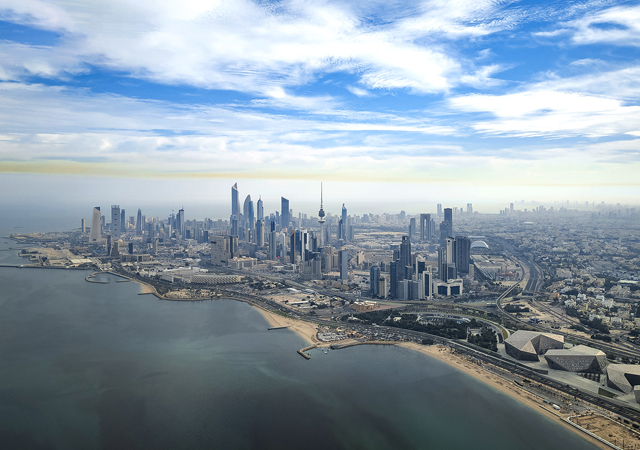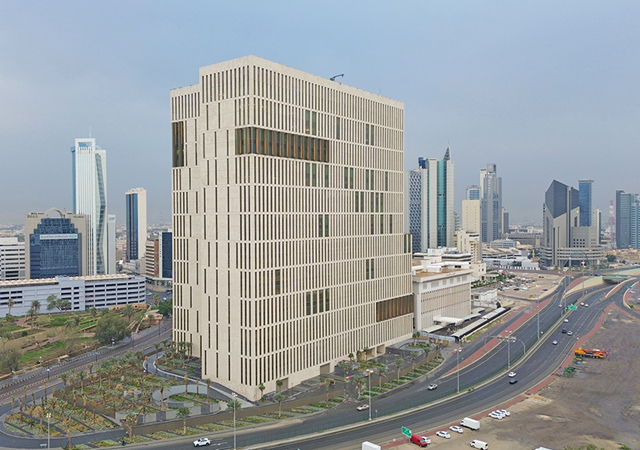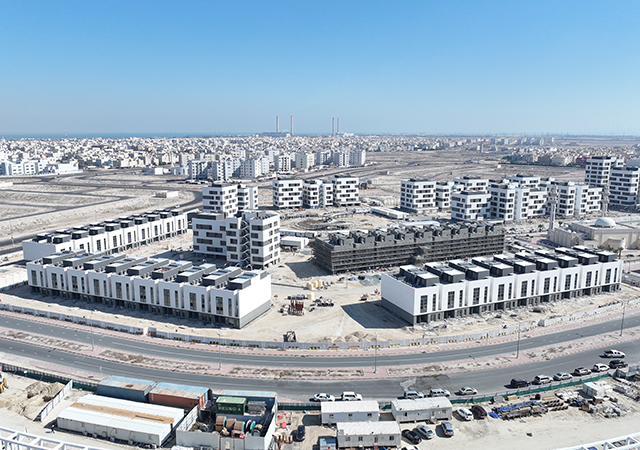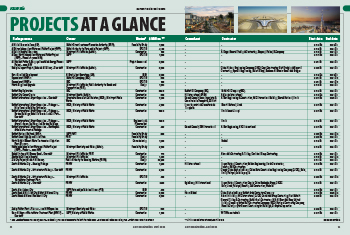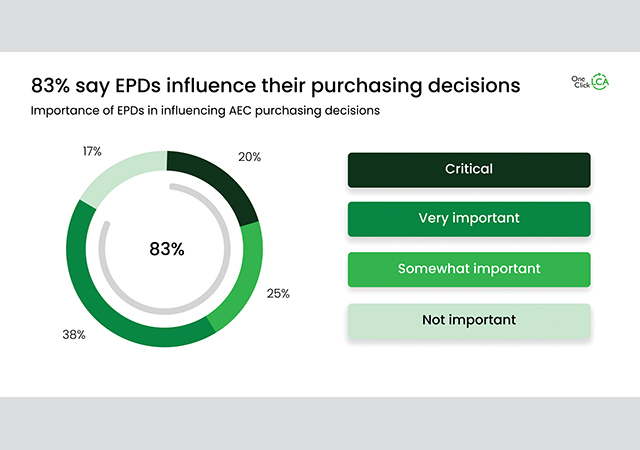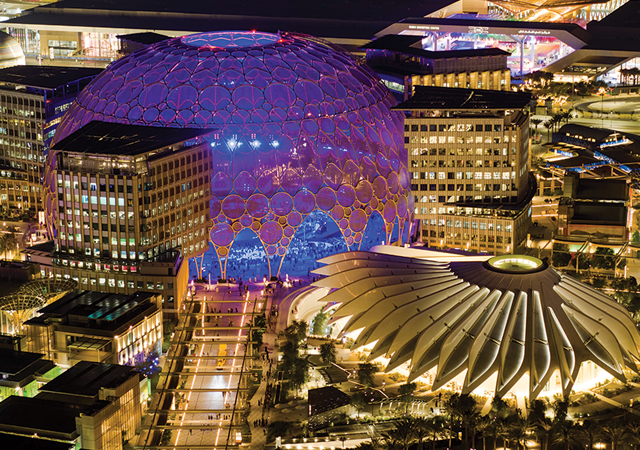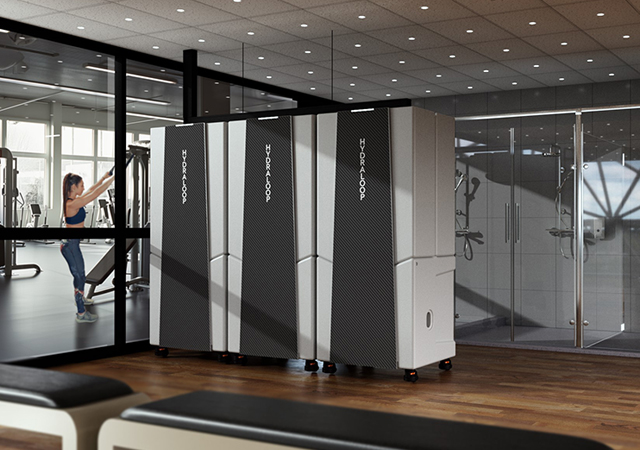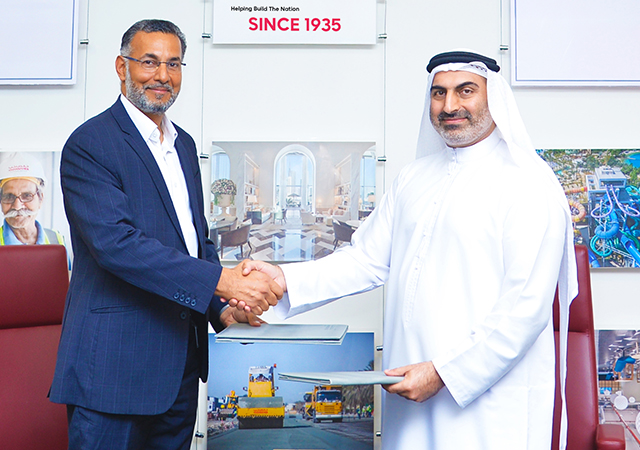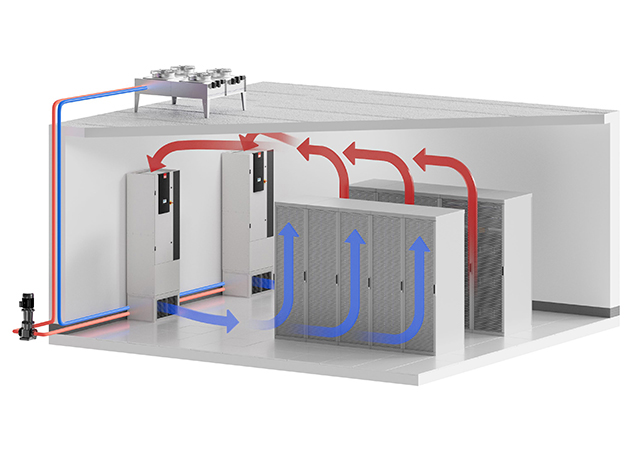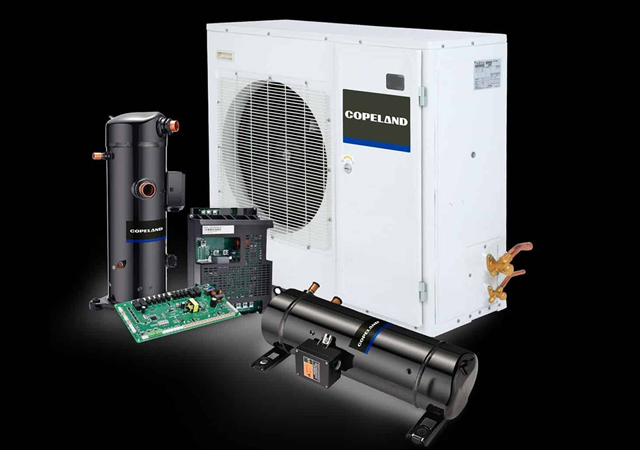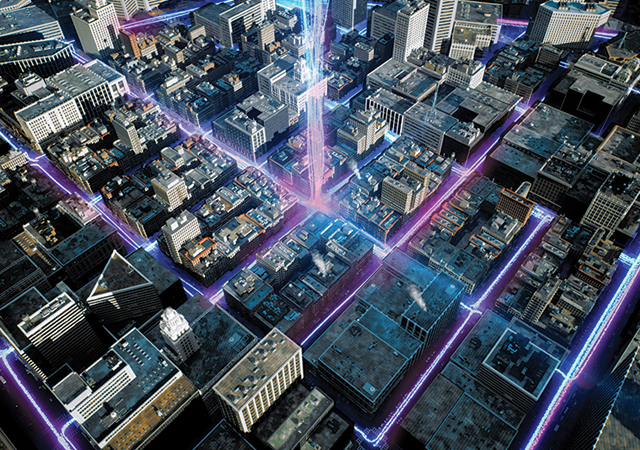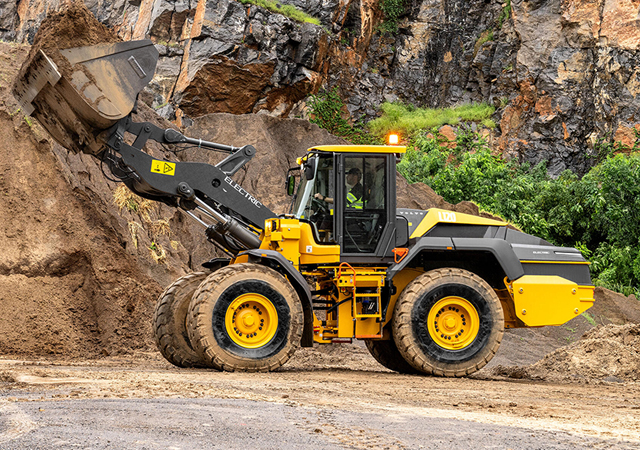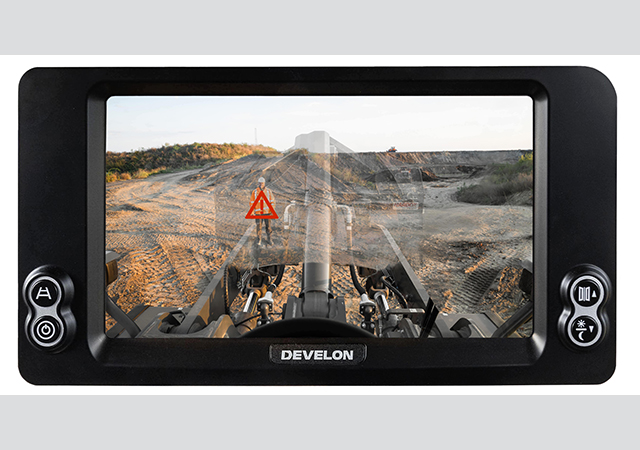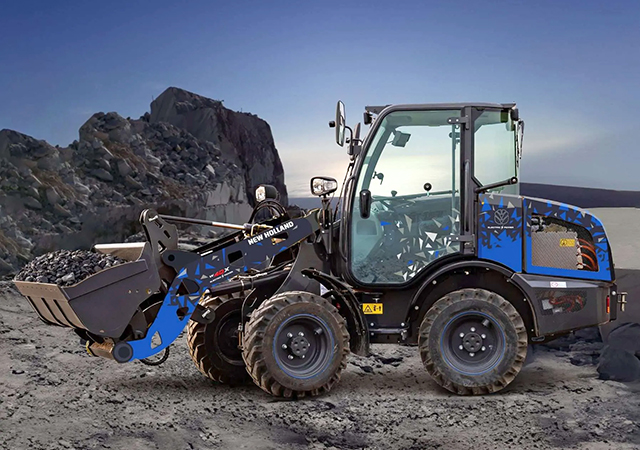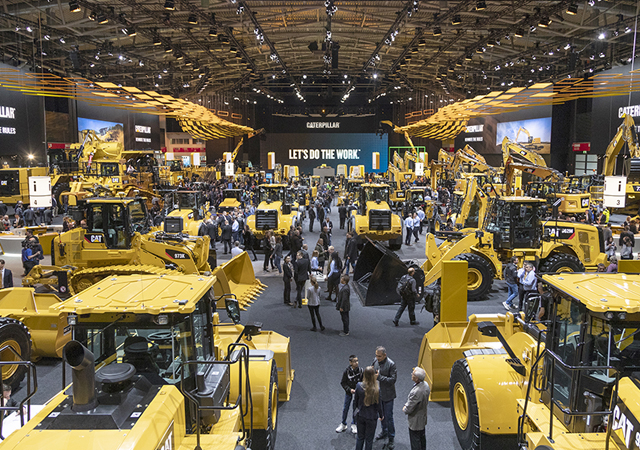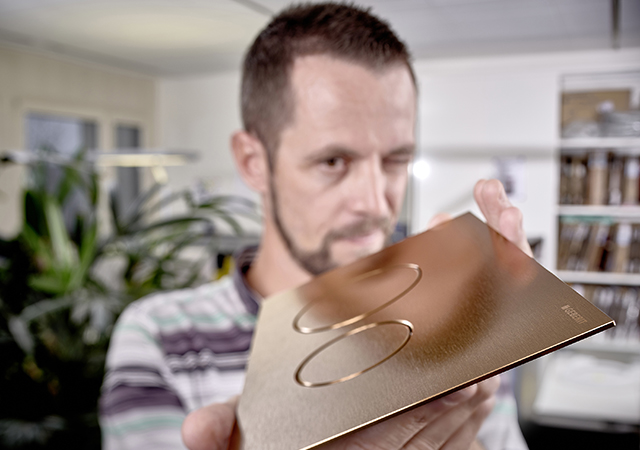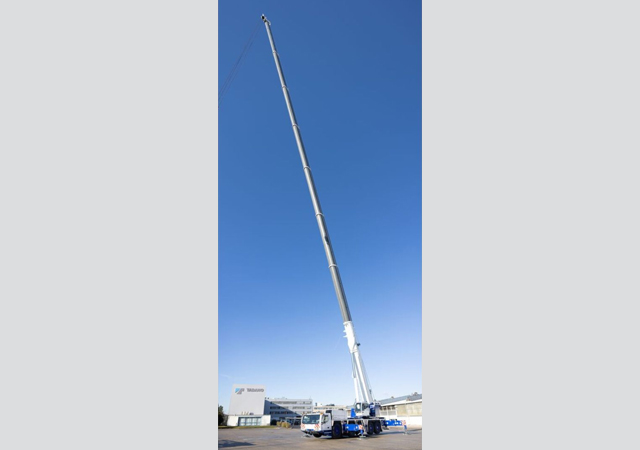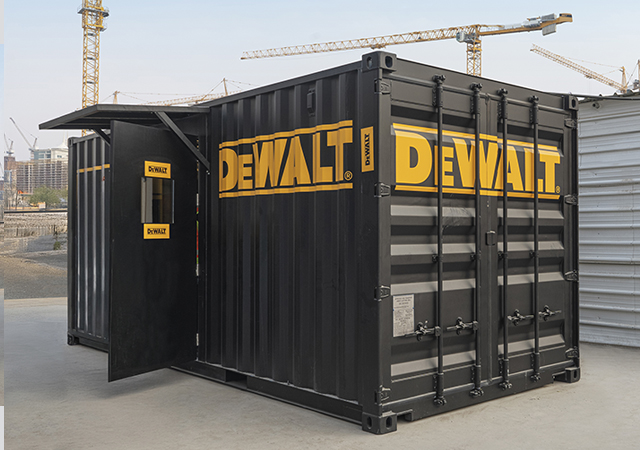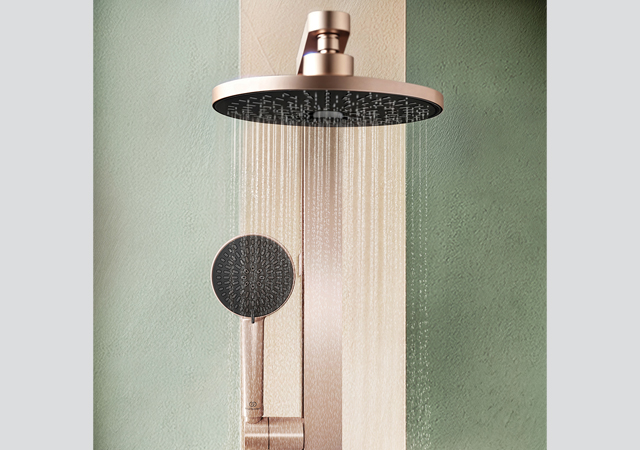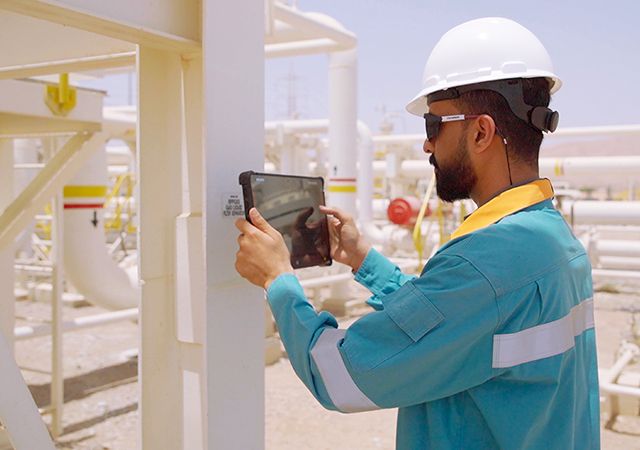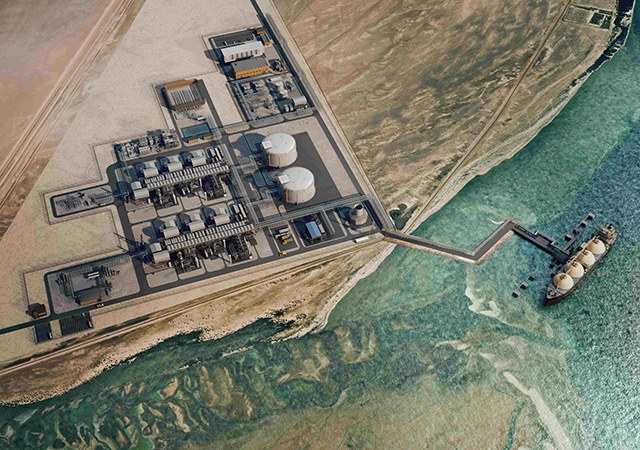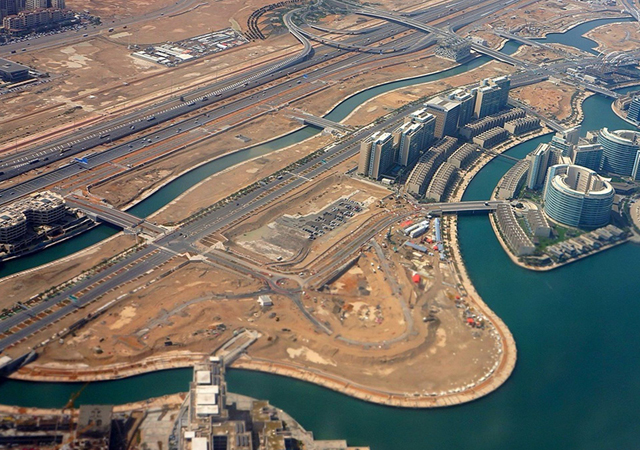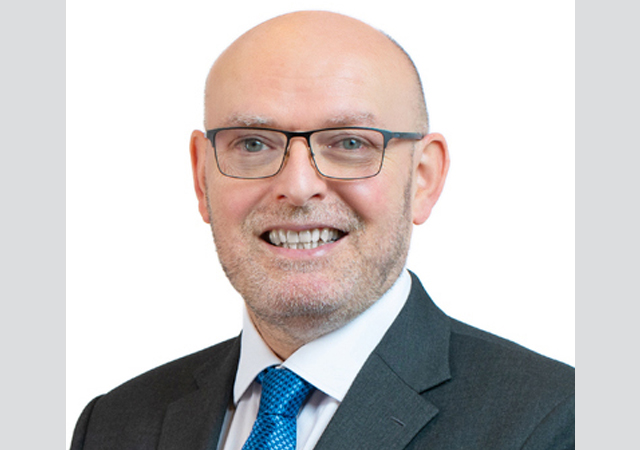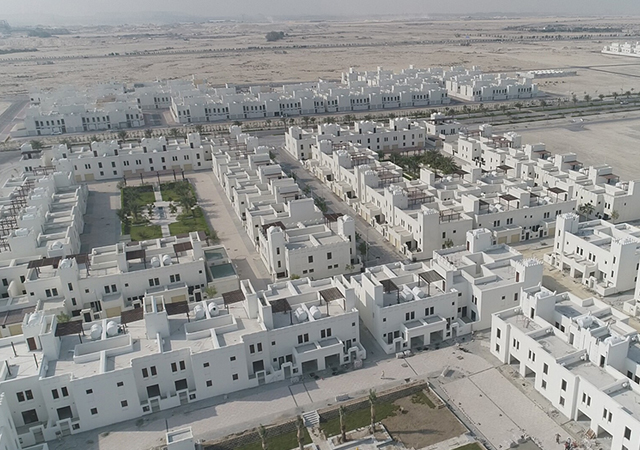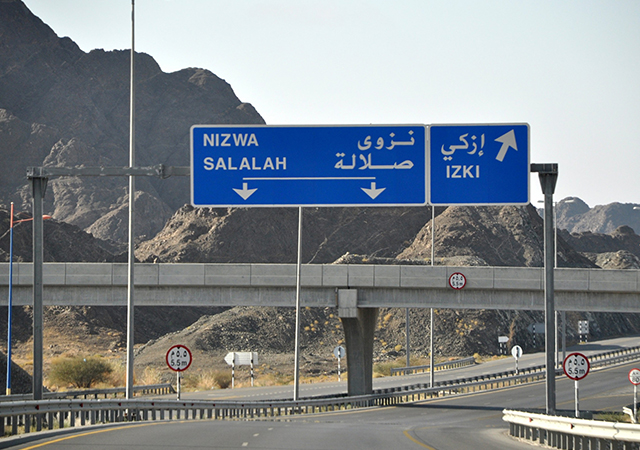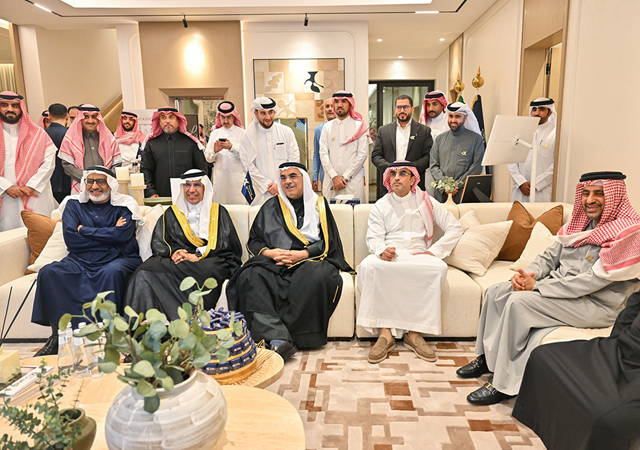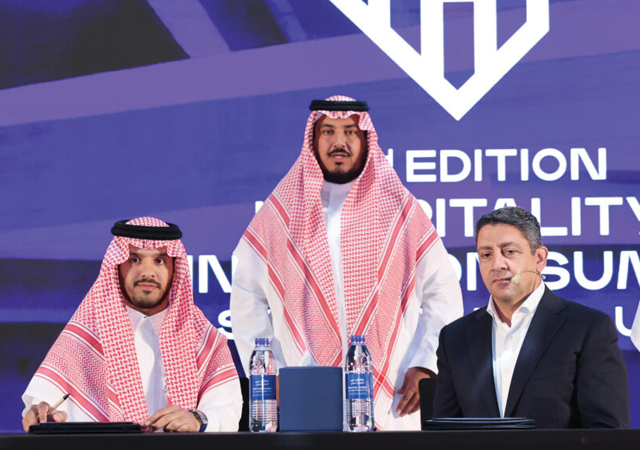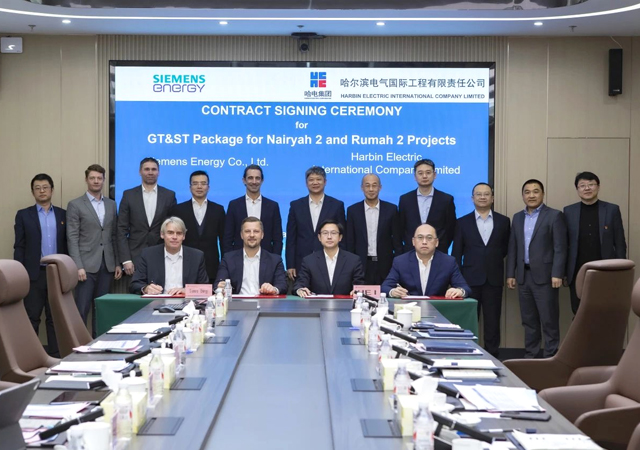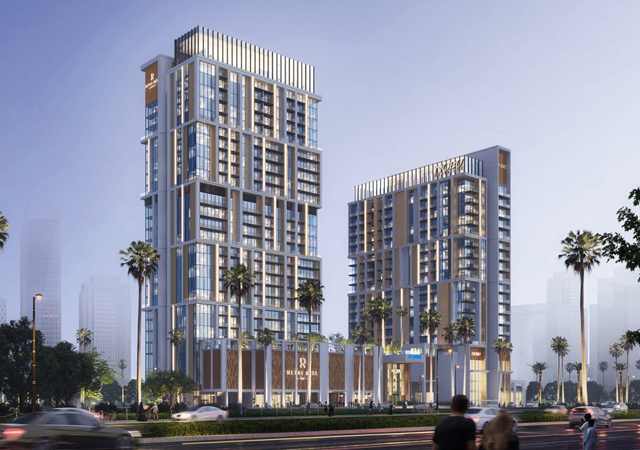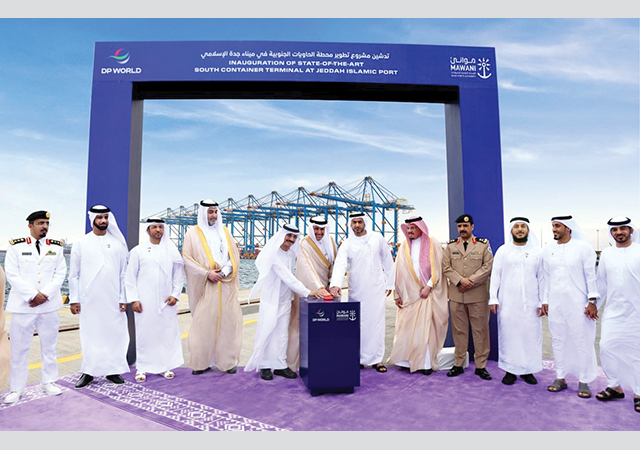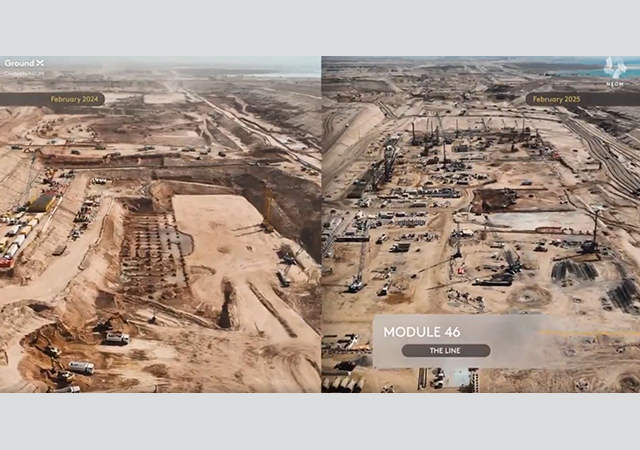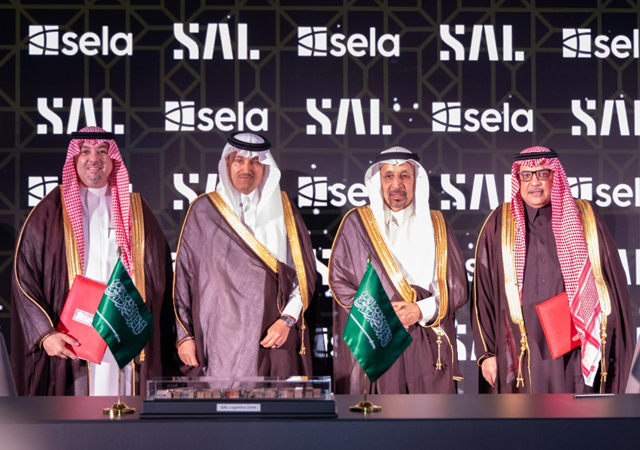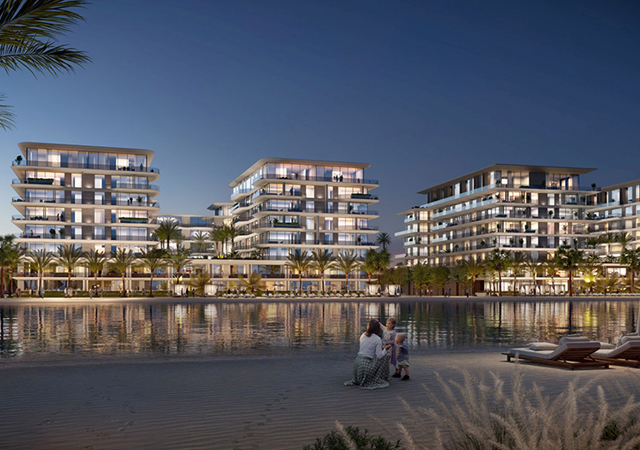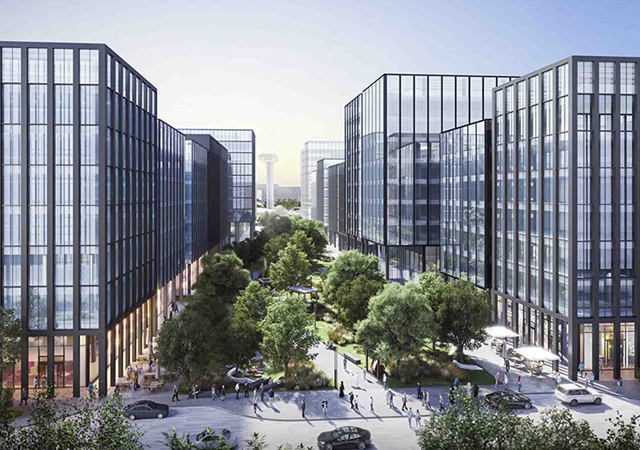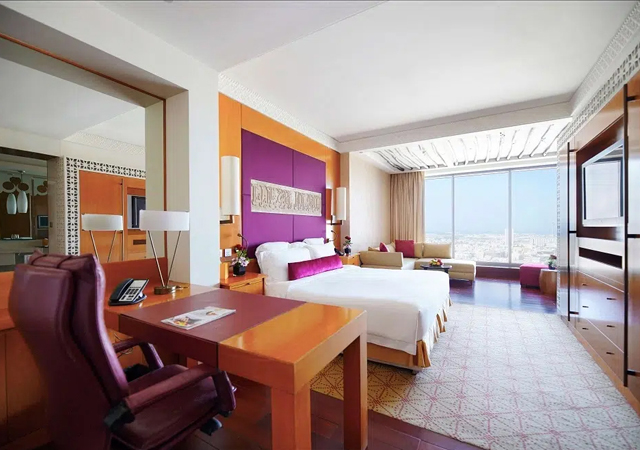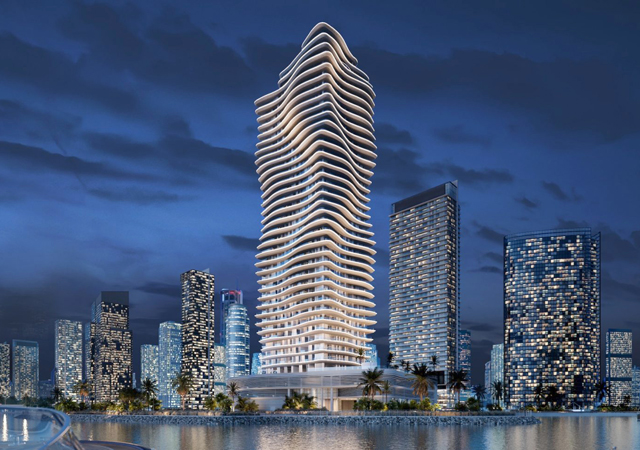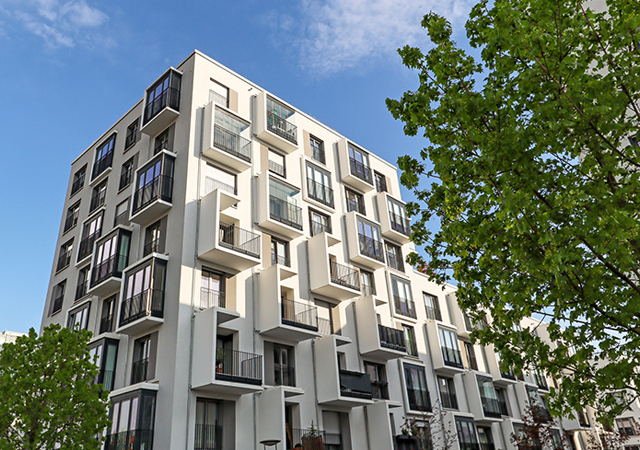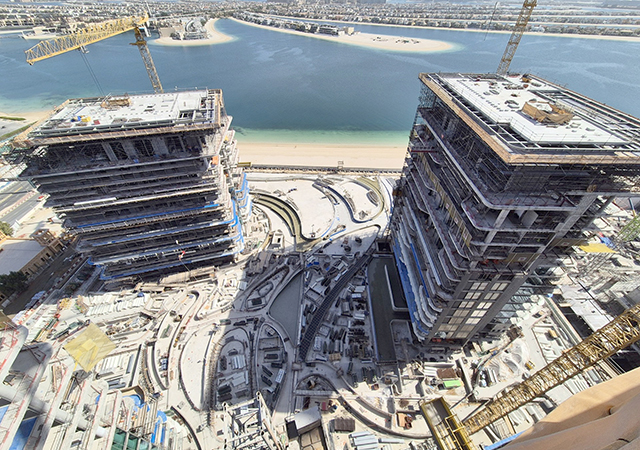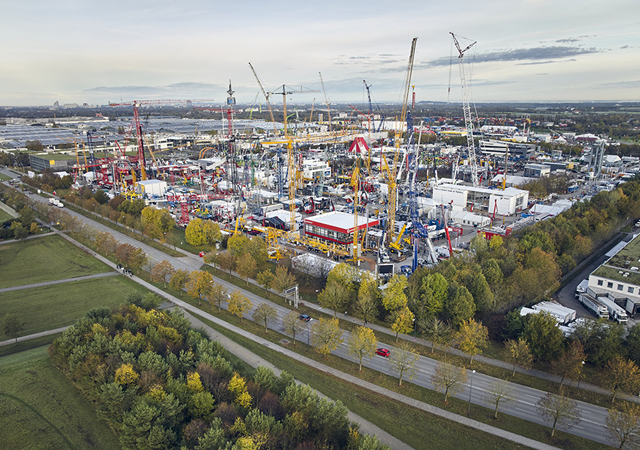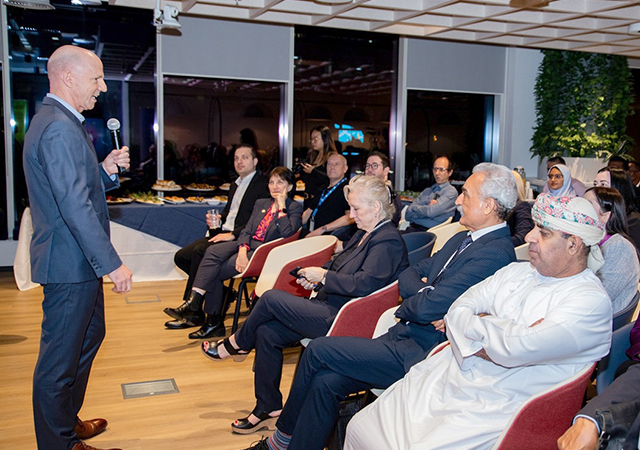
 A damaged railway ballast bed.
A damaged railway ballast bed.
NAUE, a Germany-headquartered company with decades of geosynthetics experience, says its new geocomposite product Secutex EDF addresses the low elasticity issues faced in constructing railway substructure by using nonwovens to improve the bed support conditions of track ballast for railway tracks.
Elaborating on the issue, a spokesman for Naue says: “With further development in earthworks technologies, it is possible to more intensively compact the load-bearing subsoil material utilised in the construction of the railway substructure.
“At the same time, concepts are being developed to minimise the costly incorporation of base layers by preparing the existing soils with binders. These measures usually result in the earthworks having better characteristics with respect to their load-bearing capacity and functionality.
“However, the improved compaction of the soils and the load-bearing subsoil materials as well as the treatment of the soils with binders are also associated with the low elastic depression of the rail and the carrying system when the train crosses over it.
“This elevated load pressure can damage the railway ballast bed and the railroad substructure. One solution to avoid excessive damage to the railway ballast bed is the use of additional elastic elements.”
Nonwovens are used in the support structure of the railway track to maintain long-term stability and simultaneously also improve the track with their superior separation, filtration and drainage functions.
Secutex EDF, which is installed beneath the ballast bed, helps ensure the elasticity of the railway track system, the mechanical filtering stability of the track ballast on various soils and the interlinking of the track ballast bed by pressing the track ballast into the mat. It also drains the rainwater away from above the railway substructure and protects it from damage caused by the track ballast.
Secutex EDF comprises three layers. The first and topmost layer consists of a robust, needle-punched polypropylene nonwoven geotextile that protects the structure below from direct mechanical stresses, such as when gravel is placed, and filters water across the system’s entire surface.
 |
|
Naue’s Secutex EDF ... addresses low elasticity issues. |
The middle layer (the core) consists of a highly elastic granulate with a mass per unit area of more than 5,000 g per sq m. This ensures long-term elasticity and thus drainage and vibration cushioning. All layers are tightly connected to the third layer, a special load-bearing geotextile, by means of mechanical needle-punching. This makes the entire product a composite that can withstand the most demanding stresses during construction, operation and maintenance while providing long-term vibration cushioning, filtration and drainage performance, the spokesman points out.
“So, Secutex EDF is not a classic sub-ballast mat,” he says. “It combines the elastic characteristics as requested from standard sub-ballast mats with add-on features, such as protection of underlying layers, while avoiding intermixing with the subsoil due to ideal separation and relief of stable soils. Also ballast material for the tracks is prevented from penetrating in softer subsoils, thus ensuring the evenness of the contact area as well as the water flow.”
Secutex EDF systematically drains the water into the edge areas just like Naue’s Secudrain, a three-dimensional composite product, consisting of a drainage core and firmly-attached filter nonwoven geotextiles, for drainage applications. And, as in a blind drain, the top and the bottom layers of Secutex EDF serve as a highly efficient filtration and separation system. They prevent foreign particles from being washed into the drainage core, thus ensuring its long-term drainage capacity. The water reaches the drainage core without being contaminated and is reliably drained from there.
“The combination of all these properties of Secutex EDF makes it possible to create foundation support conditions for the railway superstructure and the track bed in a cost-effective manner and reduce the effects on the superstructure and track bed structure,” says the spokesman.
“Hence, its benefits for railway operation include a long-term decrease in gravel abrasion; reduced wear on wheels and rails; lower gravel pressure between railroad ties and gravel; and reduced vibration transmission in the entire rail structure,” he concludes.
Naue is a private-owned limited partnership and leads a group of companies active globally in the manufacture of geosynthetics since 1967. Being an ISO 9001-certified group, it manufactures geosynthetic clay liners (GCLs), geotextiles, geomembranes, geogrids, drainage products and erosion control materials for all civil engineering and geotechnical applications. The company’s global specialties include filtration, drainage, reinforcement, containment and erosion control for applications such as landfills, groundwater protection, tunnelling, waterproofing and hydraulic engineering.
Naue pioneered the needle-punched method of GCL production in 1987 and has received an award in recognition of the company’s activities on research and development on GCLs from the International Geosynthetics Society (IGS).


